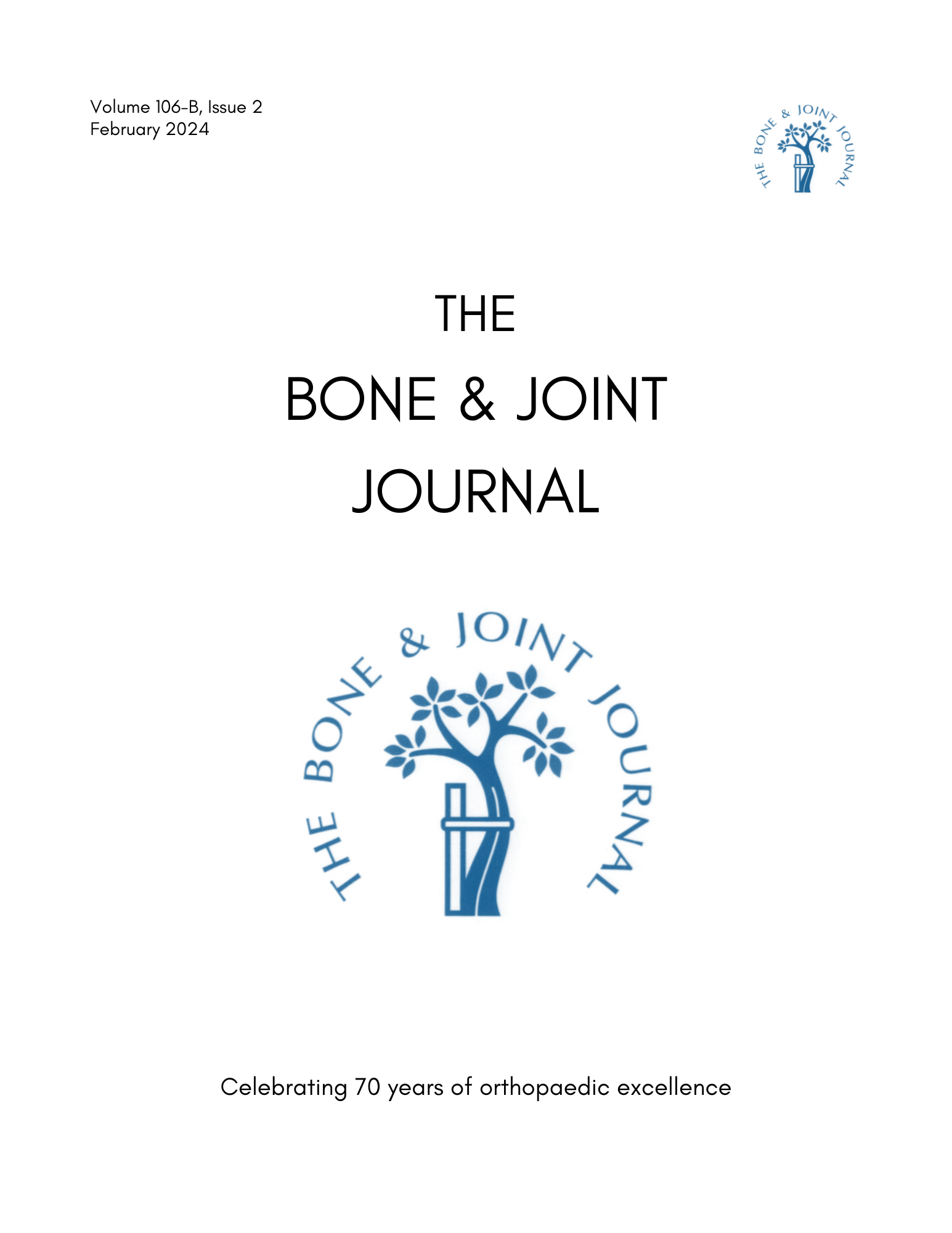
K-wires cost-saving compared to volar locking plates in distal radius fracture treatment

K-wires cost-saving compared to volar locking plates in distal radius fracture treatment
Cost effectiveness of treatment with percutaneous Kirschner wires versus volar locking plate for adult patients with a dorsally displaced fracture of the distal radius: analysis from the DRAFFT trial
Bone Joint J. 2015 Aug;97-B(8):1082-9.Synopsis
461 patients with a dorsally displaced distal radius fracture were randomized to receive either a volar locking plate or Kirschner wire (K-wire) fixation. The purpose of this study was to compare health system and societal costs associated with each method relative to efficacy [measured via quality-adjusted life years (QALYs)], in order to assess cost-effectiveness. Results indicated that there wa...
To view the full content, login to your account,
or start your 30-day FREE Trial today.
FREE TRIAL
LOGIN
Forgot Password?
Explore some of our unlocked ACE Reports below!

Learn about our AI Driven
High Impact Search Feature
Our AI driven High Impact metric calculates the impact an article will have by considering both the publishing journal and the content of the article itself. Built using the latest advances in natural language processing, OE High Impact predicts an article’s future number of citations better than impact factor alone.
Continue



 LOGIN
LOGIN

Join the Conversation
Please Login or Join to leave comments.